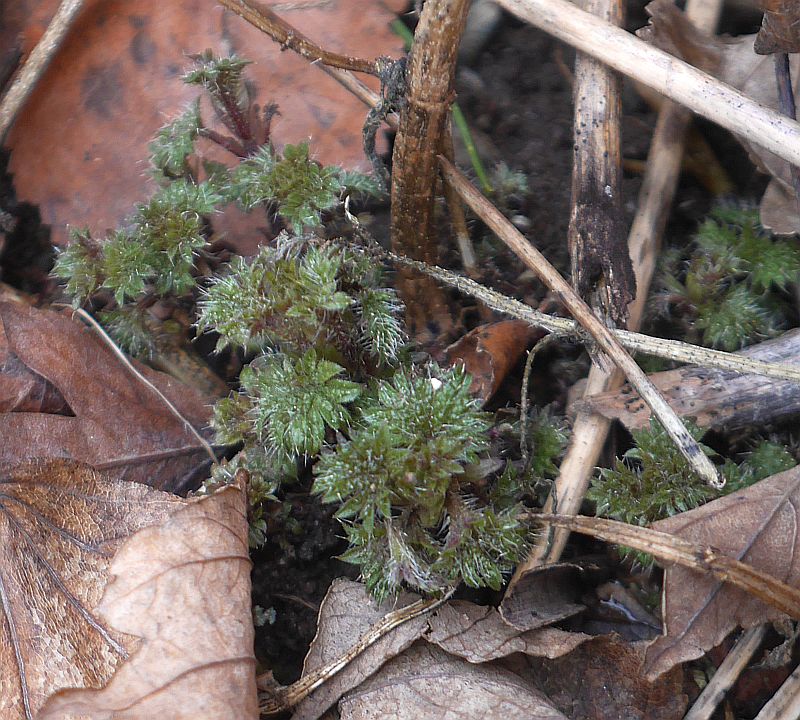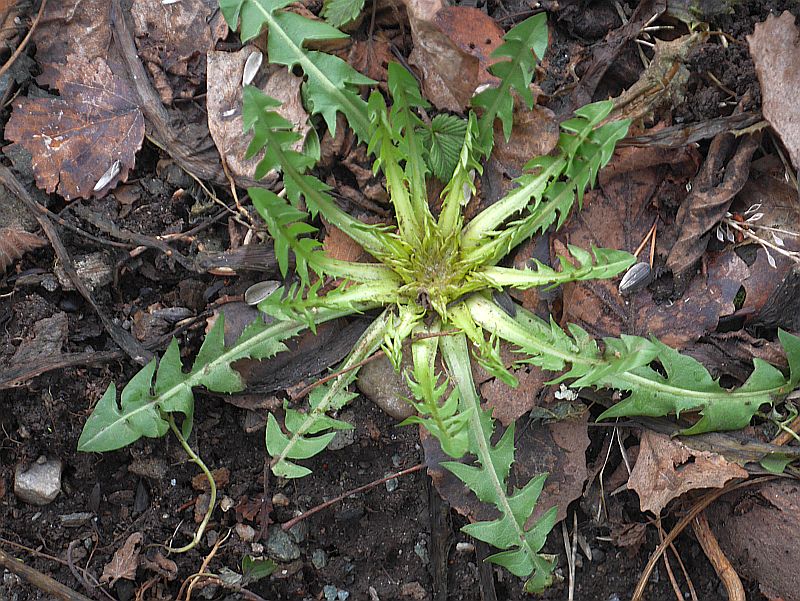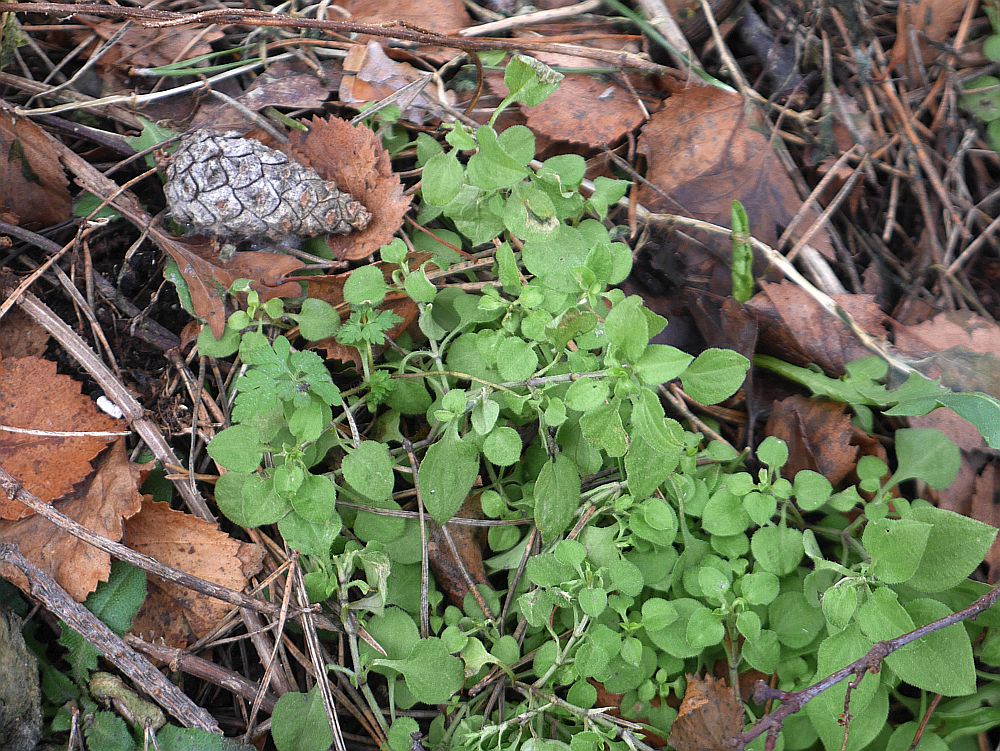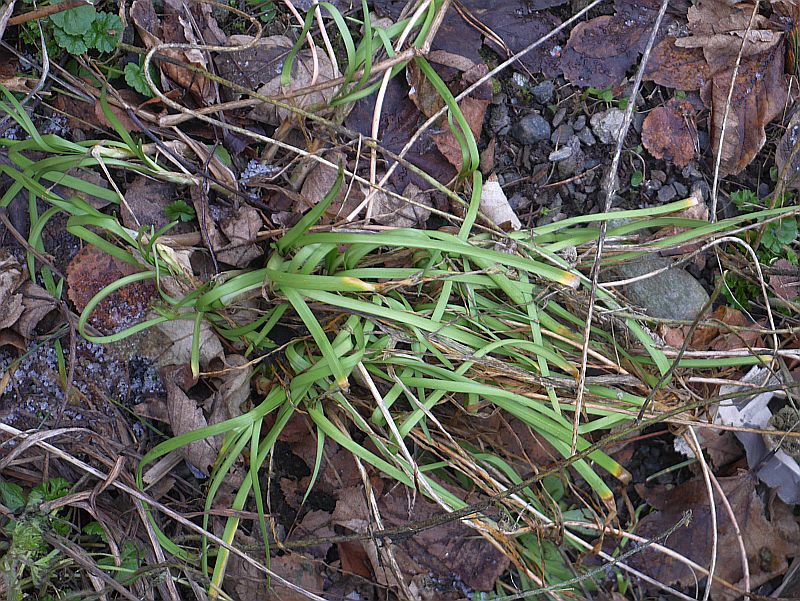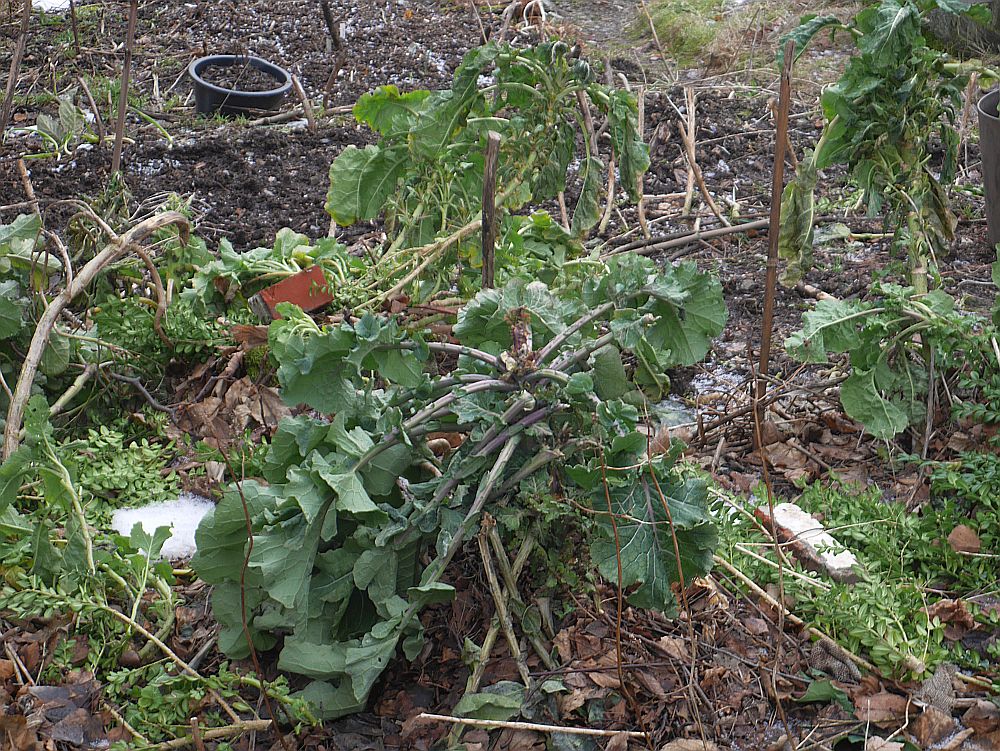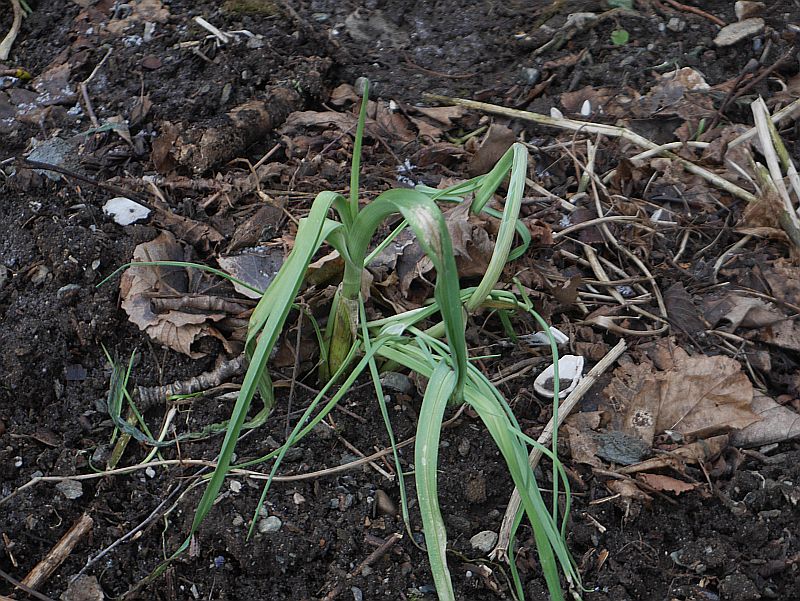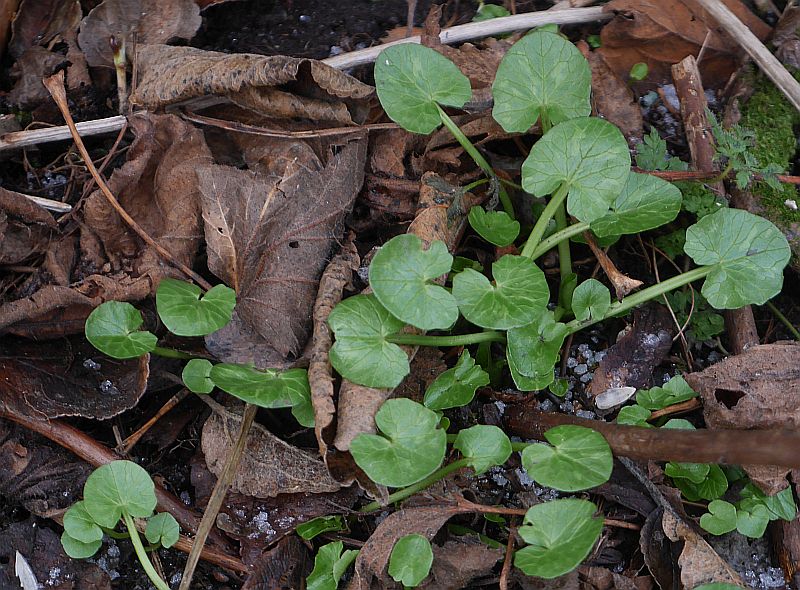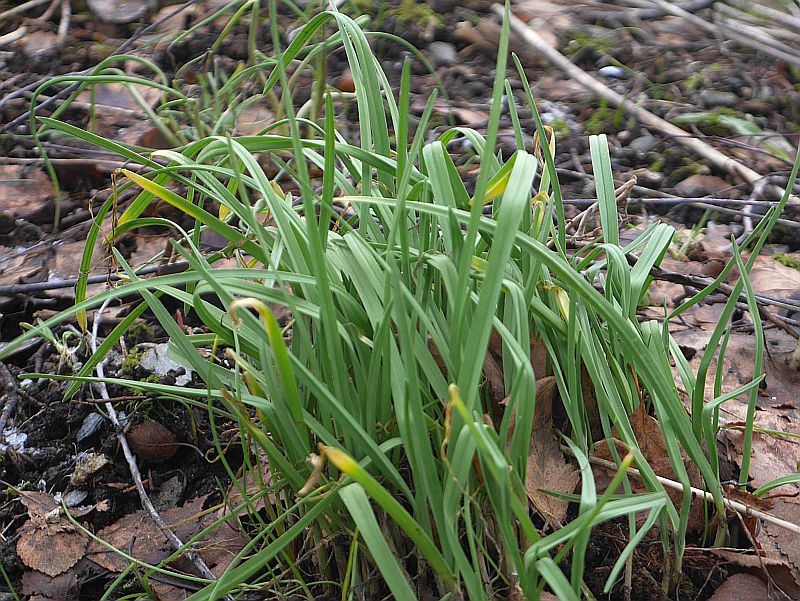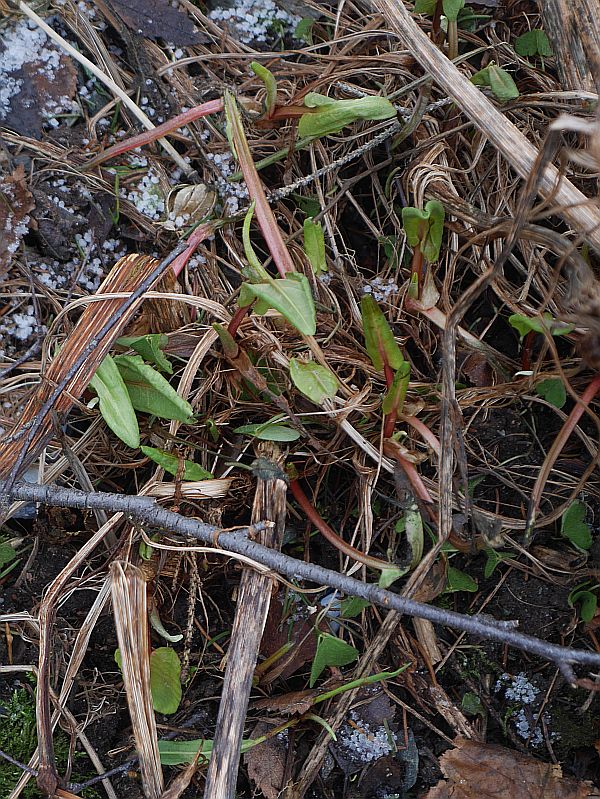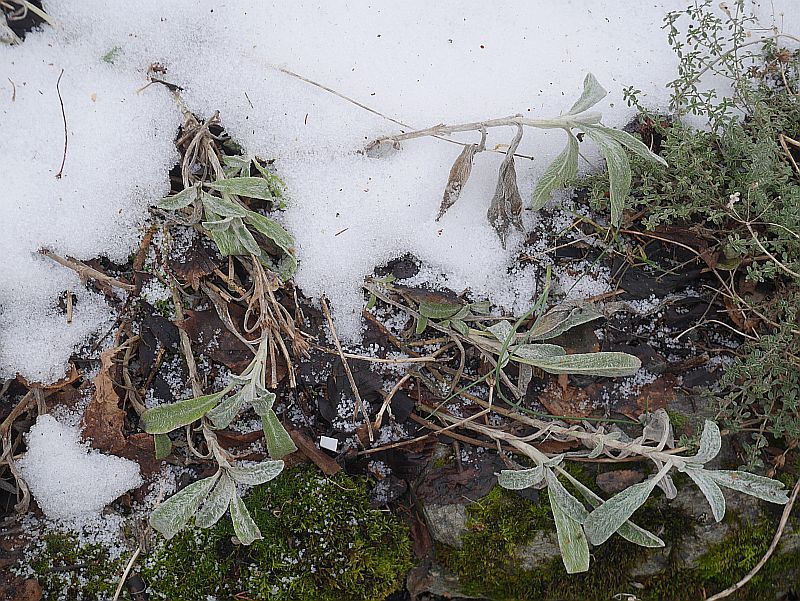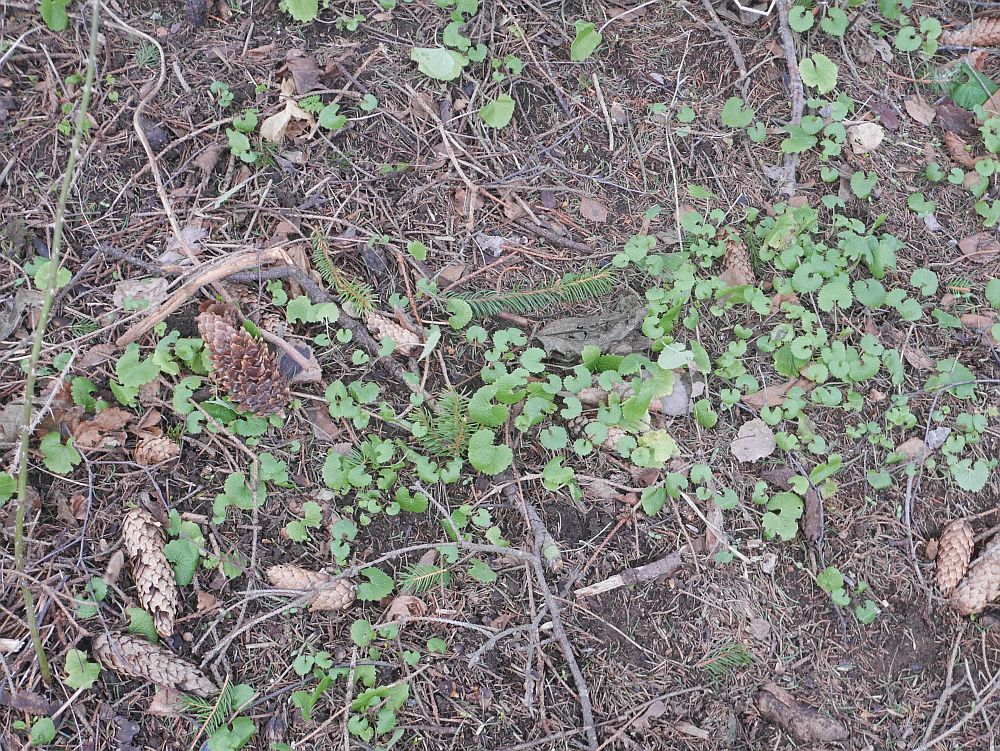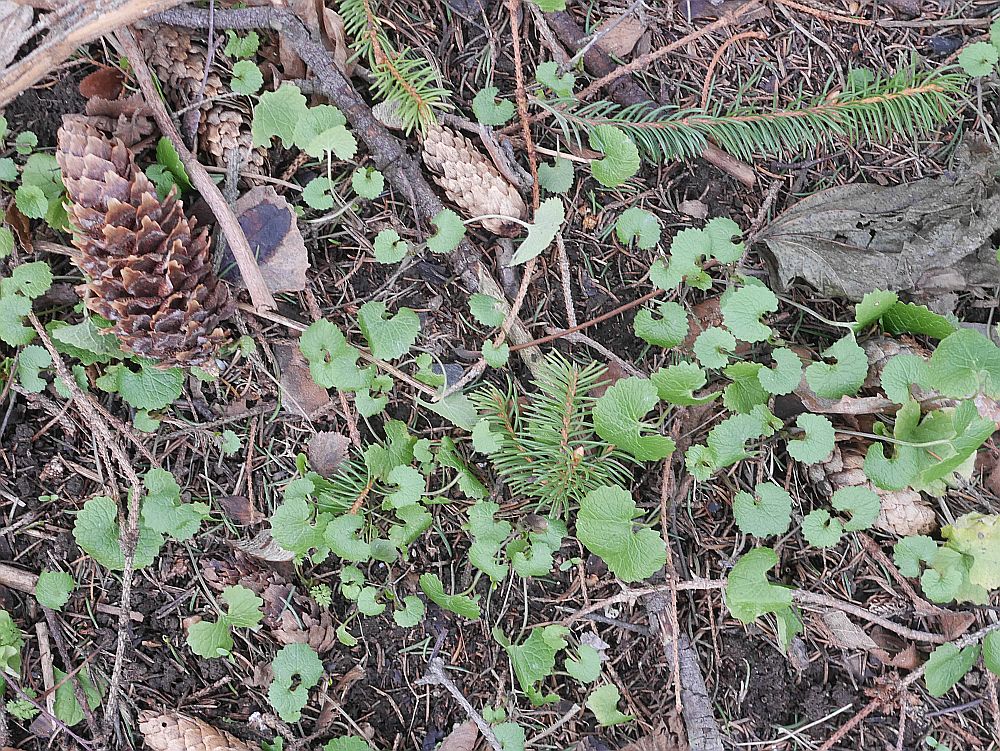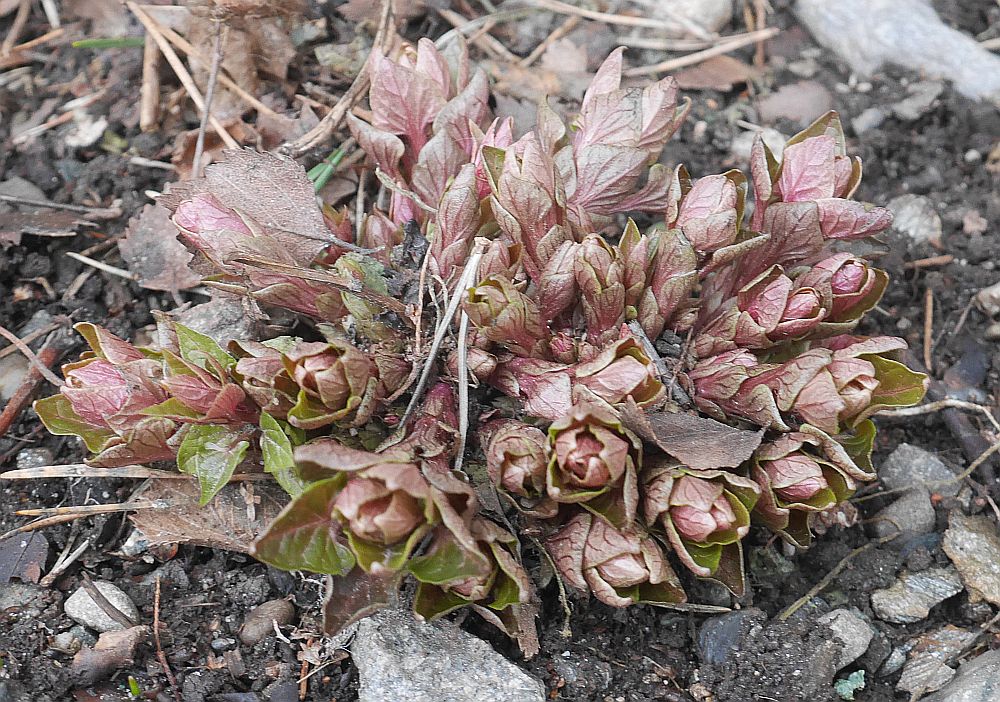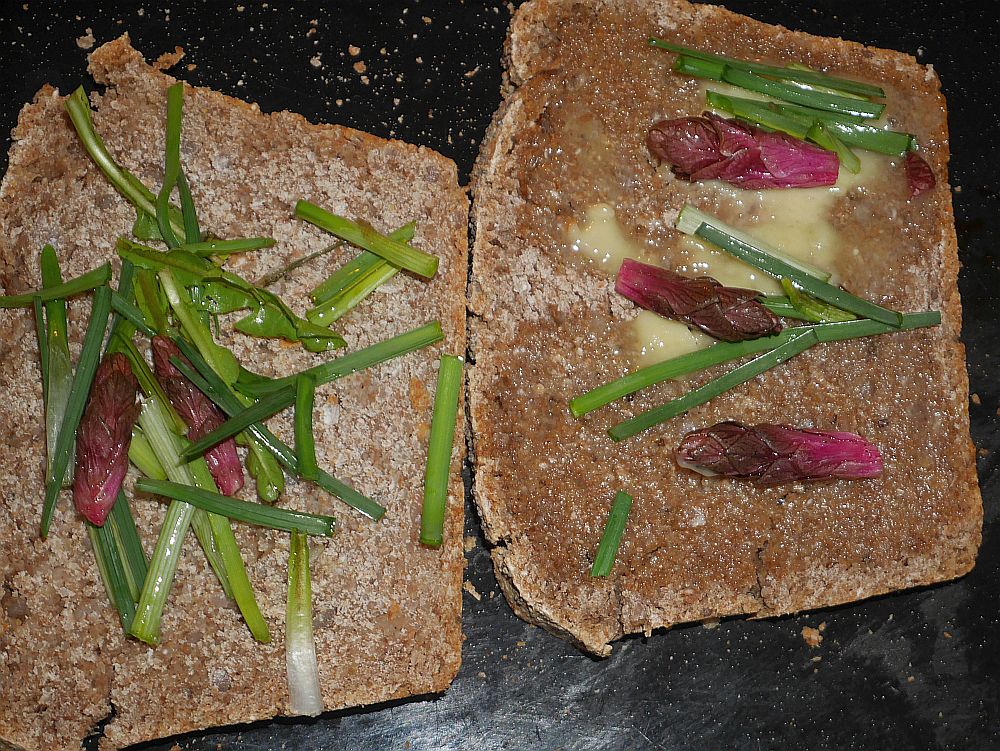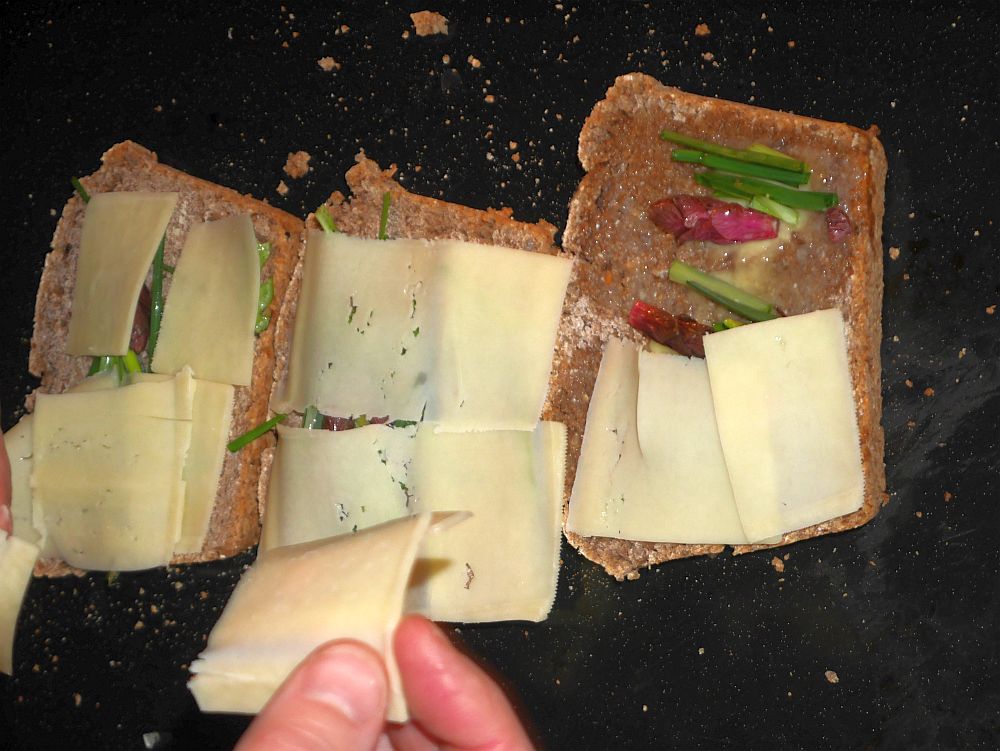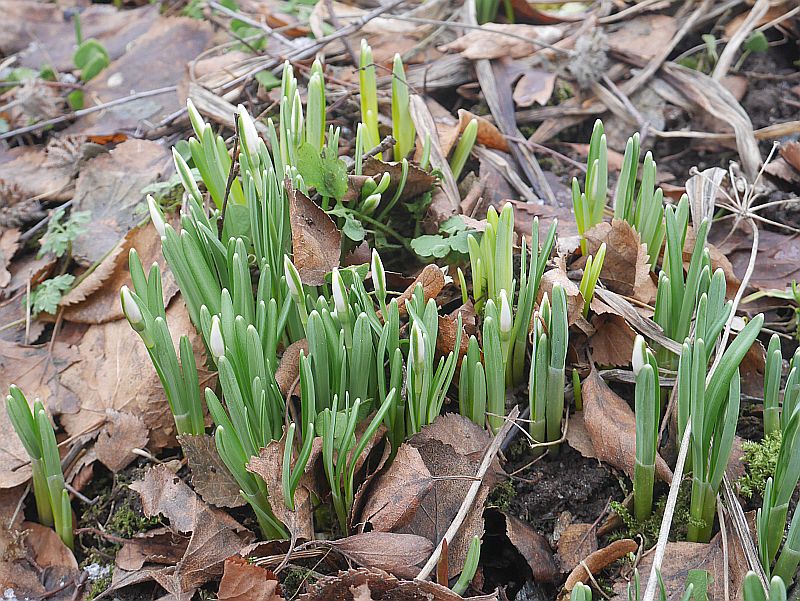After 3-4 weeks of snow cover, the weather this week changed dramatically and we had the second warmest February day over the last 100 years with over 10C! Together with rain and wind, almost all of what was close to 50 cm of snow has disappeared. For plants, this has been a very mild winter and the ground has hardly been frozen. As soon as the snow had disappeared I could dig the soil. Some edibles such as nettles and chickweed haven’t been killed by frost. Here are some pictures of (apart from the snowdrops) edibles in the garden today.
Tag Archives: Sideritis syriaca
Accidental companions
Accidental companions: a Sherpa onion (Allium wallichii) has set up home in the middle of my greek mountain tea (Sideritis syriaca) with a few self-sowed dandelions for good measure! Allium wallichii moves around with rhizomes…I didn’t plant it here!

Can Greek Mountain Tea be effective against Alzheimers?
Previous articles on Greek Mountain Tea can be found on my blog here: http://www.edimentals.com/blog/?s=sideritis
Greek Mountain Tea / Sideritis syriaca
I visited an ex-colleague in Athens, Greece some 20 years ago. He offered me tea of a plant I didn’t know. He called it mountain tea from the Greek τσάι του βουνού… He told me it was one of the two most popular herbal teas in Greece, used both for pleasure and to prevent colds. Looking it up in a book on the flowers of Crete, where he was from, it turned out to be Sideritis syriaca. At the time I’d never heard of it and was puzzled as to why one of Greece’s most prized herb teas wasn’t known in Northern Europe. After all, most of our herbs originate in the Mediterranean countries. I searched for seed and in the early days of the Internet I traded some with someone in Italy.
To my surprise, the resultant aromatic plants thrived in my garden in a dry well drained spot. Not that surprising as I found out that the plant was usually wild harvested high up in the White Mountains of Crete (ssp. syriaca, despite its name), an area with not that dissimilar a climate to where I live. I concluded that perhaps this herb was easier for me to grow than further south in Europe, not liking wet winter conditions. This theory was strengthened when my first plants died one w inter after I had removed a tree which had kept the place I was growing it dry….and subsequent replants also died . However, I have seen it in botanical gardens in recent years (Wisley and Hilliers in England) as well as Copenhagen and Århus (Denmark) and Gøteborg (Gothenburg). I alslo saw it growing in the Tromsø Botanical Garden at close to 70 deg. N in Norway. The herb also started to become available particularly in Germany (the German wiki page is particularly informative: http://de.wikipedia.org/wiki/Syrisches_Gliedkraut) and elsewhere where there are Greek markets such as in New York.
If you’ve succeeded with this herb, please let me know!!
In 2010 I found that another gardener here in Malvik had managed to keep one of the original plants I’d given her alive:
Here in the Tromsø Botanical Gardens in 2009:

It turns out that there are a number of other closely related species also used as herbal tea including S. scardica (Mursalski or Olympus Tea), S. cretica (Crete Mountain Tea, actually from Tenerife!) and (below) S. trojana seen in the Mediterranean garden at Kew 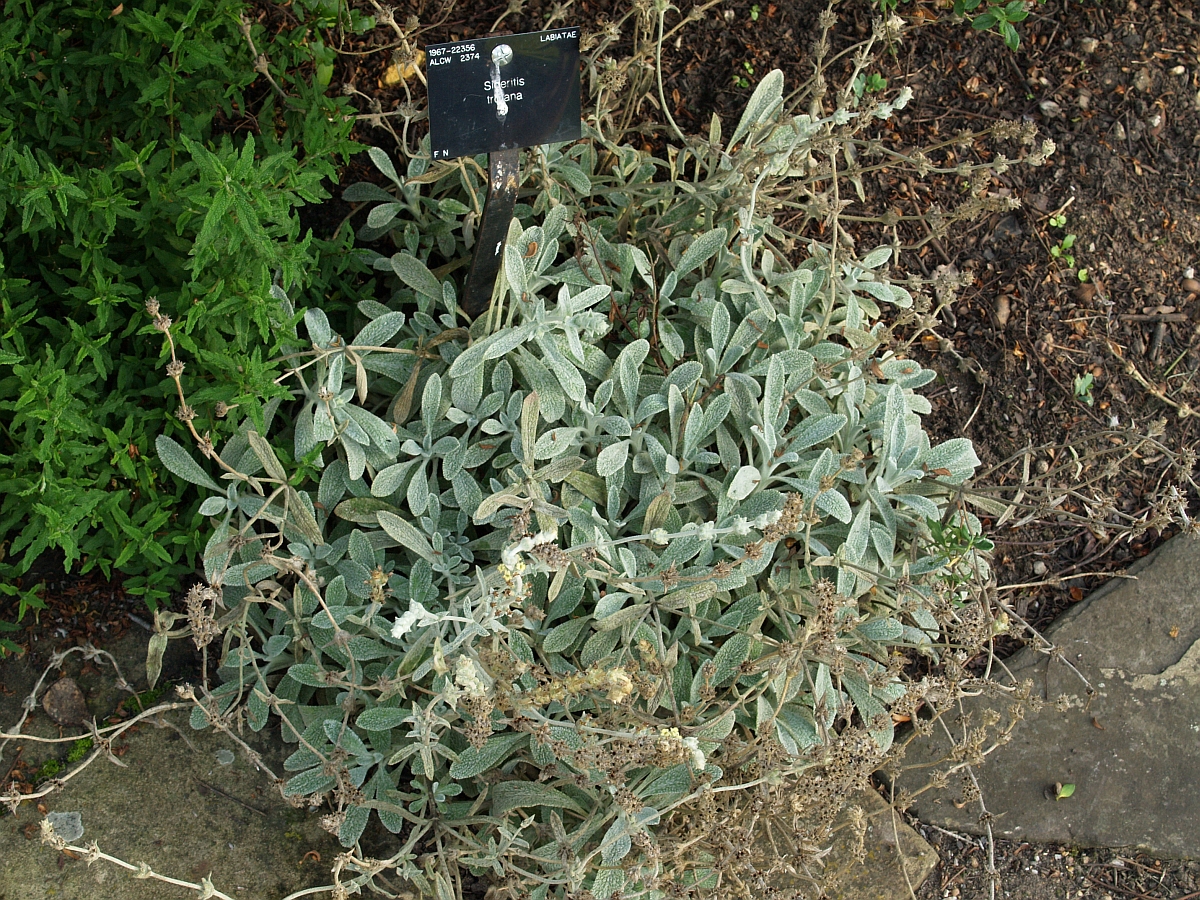 Gardens:
Gardens:

